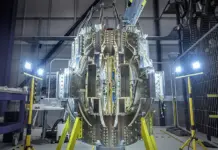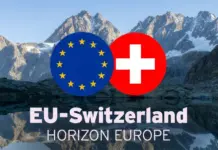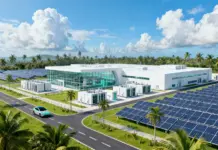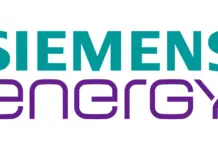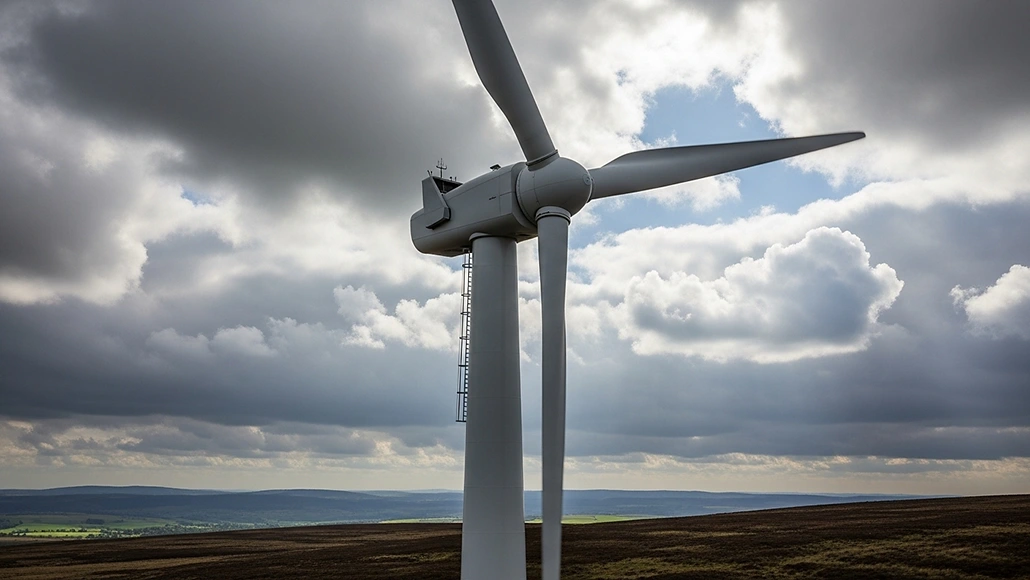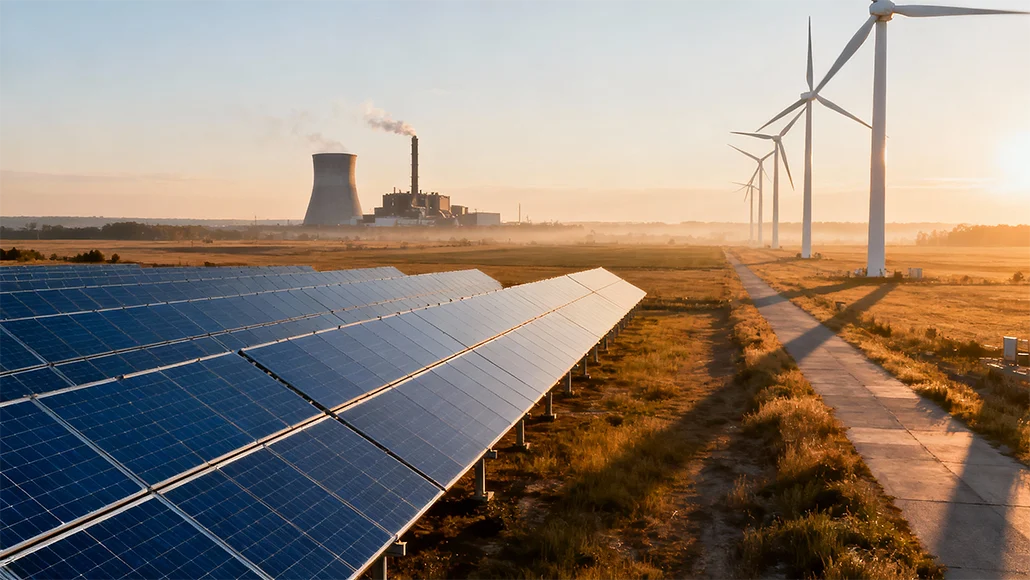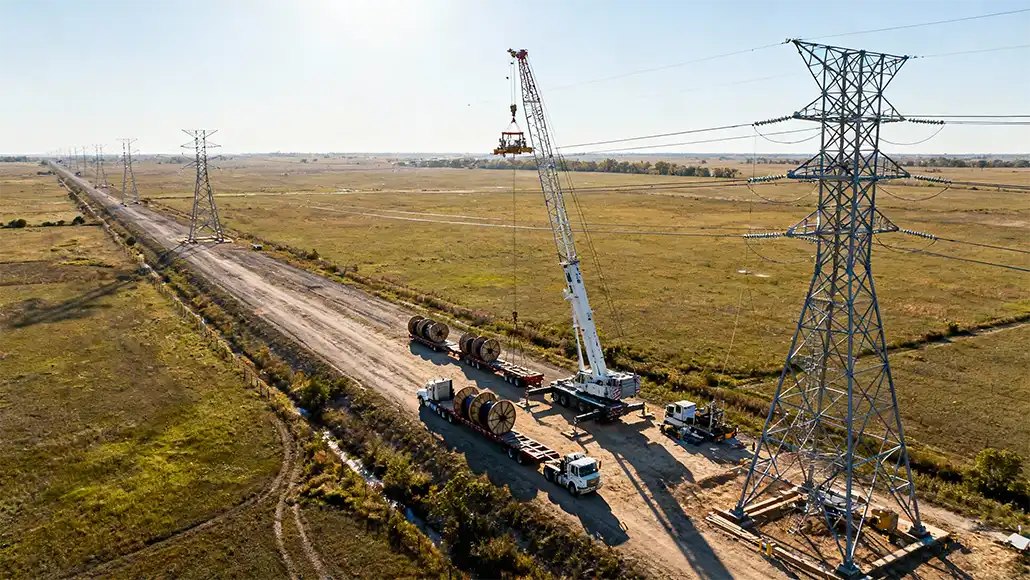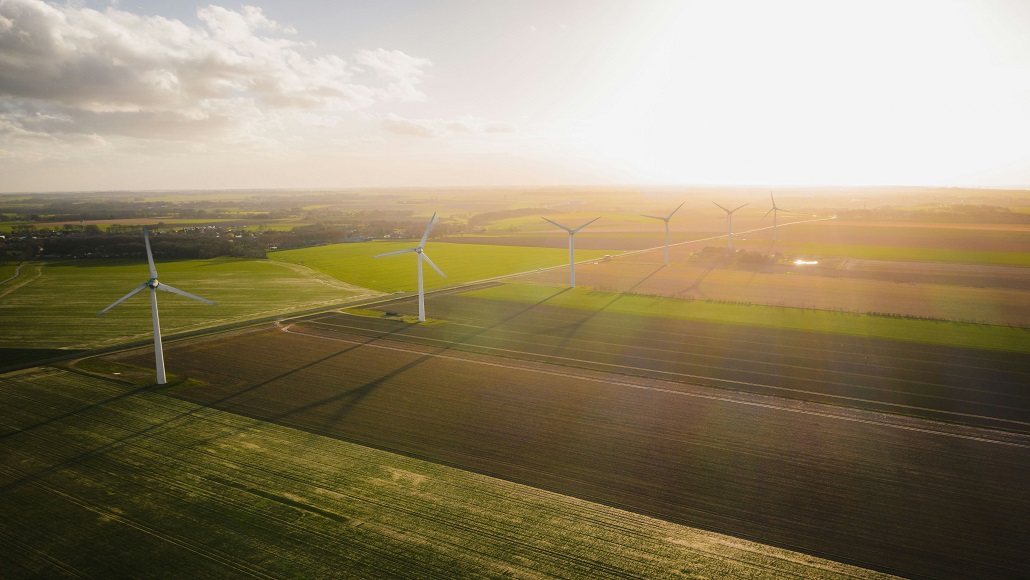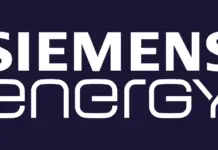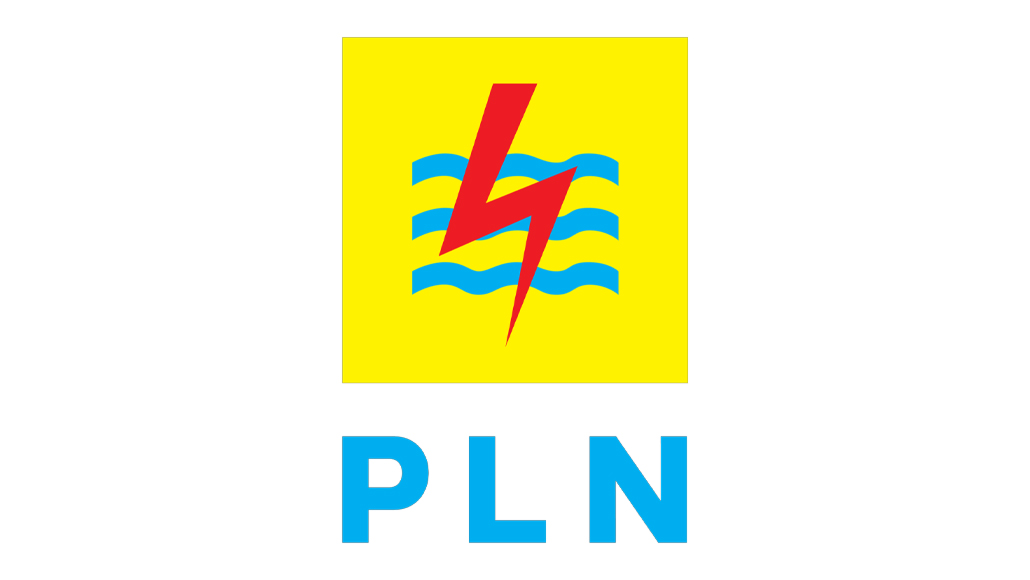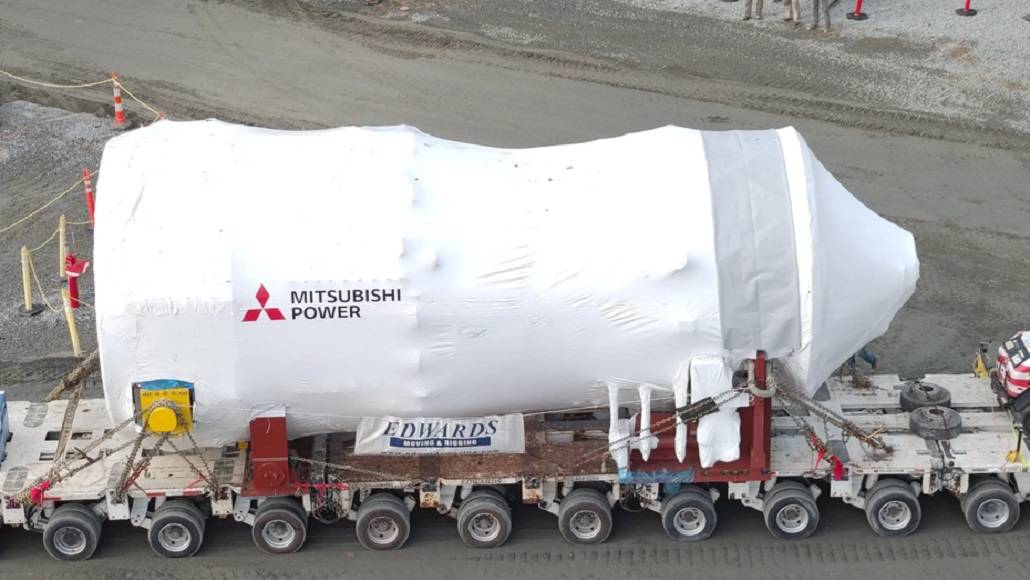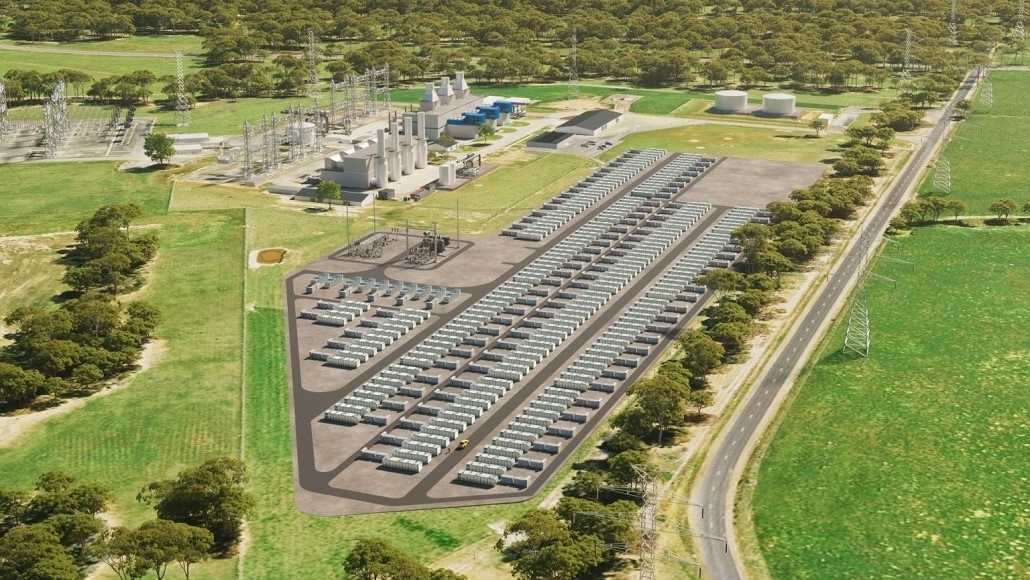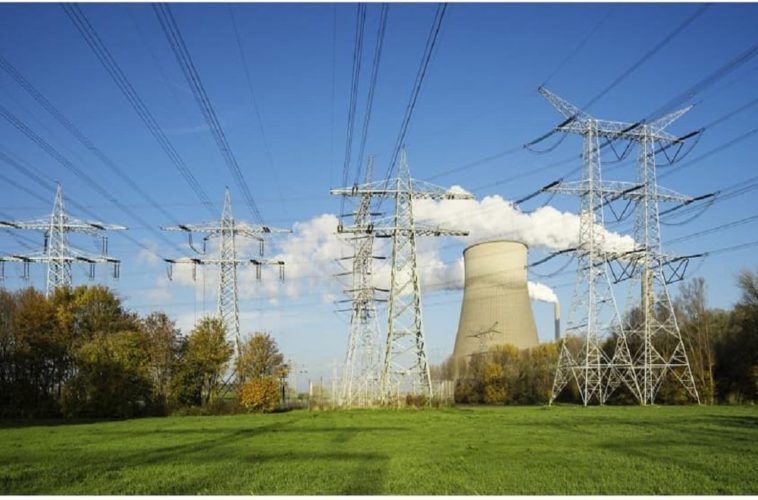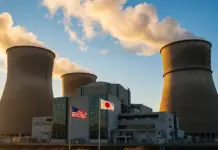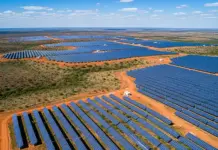The Critical Role of Electrification
Electricity goes on to emerge as the most critical energy vector as well as an unmatched opportunity to foster a transition that relates to clean energy and also helps with the decarbonization of energy usage. It is well to be noted that the European Union is bent on elevating its climate ambition by 2030, thereby pushing for a minimum of 55% reduction when it comes to greenhouse gas emissions as compared to 1990 so as to attain carbon neutrality by 2050.
In such a scenario, in the EU27, the penetration of electricity in the final energy demand is anticipated to see the growth from 23% to somewhere between 30-31% by the end of the decade and between 47%-60% by 2050. But the actual share of electricity for the major sectors accounts for almost 2% in the transport segment, 33% within buildings, and 32% when it comes to industry. All this can be achieved thanks to the direct electrification right from shifting from fossil fuels to the electric vectors that are carbon-free in the energy end-uses for sectors that happen to be the main source of worldwide greenhouse gas emissions. Moreover, this process can easily be complemented by way of an indirect electrification when it comes to hard-to-abate sectors due to green hydrogen and e-fuels by way of electrolysis in cases where direct replacement of fossil fuels isn’t that cost-effective.
It is well to be noted that electrification goes on to bring many benefits, which happen to go beyond just decarbonization in Europe. The fact is that electrification can indeed bring forward a set of advantages that very much go beyond GHG emission reduction, such as elevated energy efficiency, affordability, and security of supply by way of highly resilient power grids, enhanced air quality, customer empowerment via rising flexibility, and also sector teaming thanks to digitalization and circularity, as well as resource efficiency and also new quality jobs coming out from a well-planned and just process of transition.
-
Electricity produced through an energy mix increasingly powered through renewables is the path to an affordable and dependable energy system.
In sync with the recent institutional debate evolution that happened between the European Commission, Council, and Parliament, as well as the climate investments supported due to the EU’s recovery plan, the more ambitious climate energy objectives are indeed realistic. Much deeper electrification, both on the demand and supply sides, can very well be attained, all thanks to the mix of recent tech advances along with a reduction in costs. Novel solar and wind projects happen to be undercutting the cheapest of the power generation choices based on fossil fuels. Apparently between 2010 and 2019, the worldwide weighted average went on to levelize the cost of electricity that has seen a dip of 82% for photovoltaics and from 29% in offshore wind to 40% for onshore. Simultaneously, electrification makes sure that there is higher resilience when it comes to the energy system and also security of supply by enhancing the total system stability, all thanks to the storage and by decreasing the geopolitical exposition for nations that happen to be very much dependent on imports pertaining to energy.
-
Electrification happens to be the path for elevating the efficiency when it comes to energy use.
Apparently, electrification can indeed go on to generate a significant amount of energy savings, all thanks to the higher efficiency as compared to the other carriers of energy, more or less for the same end use when it comes to energy. Prominent energy gains are very much attainable within the transport industry due to the large-scale roll-out of electric vehicles, which, by the way, happen to be three to five times more effective vis-à-vis internal combustion engine vehicles. When it comes to the building sector, energy efficiency gains are indeed a possibility because of high electrification through the roll-out of the heat pumps that again use four times less energy as compared to oil or gas boilers. As far as the industry sector is concerned, the intensity of energy dips as there is an electrification because of the industrial procedures.
-
Switching from the direct use of fossil fuels to electricity is going to enhance the quality of air in cities because of the lower emissions of the local pollutants.
Poor air quality happens to be a major environmental and health issue in Europe. Electrification chucks out boiler emissions, thereby sharply helping to reduce the emissions coming out of local pollutants in the final energy uses. Due to this, the air quality, mainly in the densely populated areas, is for sure improving massively due to dipping pollutant concentrations, health impacts, and exposure to urban populations.
-
Electricity helps the digitalization when it comes to energy uses by way of the integration of tech that’s smart and hence supports the total development of products, services, and also business models that are innovative.
Digitalization teamed with electric energy vector can very much optimize the energy consumption and at the same time reduce the waste too. Benefits happen to reach all the stakeholders.
-
Electricity and also electrification tech can also play a pivotal role in favoring as well as supporting a circular economy.
An ever-rising roll-out of smart services in the energy system, like those that get activated by way of smart meters, can help with a more active role when it comes to prosumers helping their chances to take into account sustainable alternatives.
Roadmap for Electrification
What steps are required to roll out electrification all through the energy system?
With the present policies that are in place, the 2050 climate objectives go on to depend on an acceleration that’s hypothetical, thereby making it very essential to look into a more ambitious target for the decade-end so as to ensure that the EU is attaining its carbon neutrality target by 2050. In regards to this, the Sustainable Paths for EU Increased Climate and Energy Ambition study went on to perform an impact evaluation of a more ambitious scenario that looks at elevating the GHG emissions reduction in 2030 and also carbon neutrality in 2050, syncing with the present European Commission climate as well as energy targets.
So as to pursue this carbon neutrality aim, structural changes are needed all through the overall EU energy value chain till 2050, with the end-use electrification accelerated through the decarbonization in Europe of power generation and supported due to the electricity network’s digitalization.
Rising penetration of electrification, and that too in the final uses, asks for clean and decarbonized tech in power generation, especially new solar and also wind capacity in line with the development of smart grids that are digitalized. When it comes to the electrified system, infrastructures are surely going to play a major role as enabling elements for the supply as well as the demand side in order to deliver numerous advantages to the system users when it comes to electrification.
Finally
By way of electrification, electricity is going to rapidly become the leading career of energy in an EU that, by all accounts, is rapidly decarbonizing, with the share of energy consumption rising from today’s 23% to 31% by the end of this decade and 60% by 2050. The contribution when it comes to all the sectors, such as industry, transport, and also building, is very much needed so as to attain a neutrality in 2050, and this can indeed be realized only by way of electrification of the end uses. Constant electrification trajectories go on to show that the share of electricity rises across all the sectors, with its demand amounting to ca. 2700-3000 TWh in 2030 and ca. 3500-3800 TWh by 2050.
It is well to be noted that the transport vertical, both public and private, has progressively witnessed a growing role when it comes to electrification, which is driven by the electrification of the vehicle fleet by way of EVs, with the share of electricity in the final energy demand seeing a surge to 8% by 2030 and up to 63% by 2050. The rate of electrification that is anticipated for 2030 goes on to heavily depend upon the annual replacement rate of the fleet. Apparently, a clean passenger vehicle fleet is going to take more than a decade to materialize to its capacity, with EVs projected to be massively adopted by 2050. It is expected that in 2030, EVs are going to represent almost 67% of the new private vehicle sales, and by 2050, they are going to represent around 80% of the private vehicles, which is phenomenally growing from 64 million EVs in 2030 to over 165 million in 2050. Decarbonization in Europe, when it comes to maritime as well as aviation sectors will need some sort of tech growth so as to come up with an affordable and tech-feasible solution—including the likes of synthetic fuels and also biofuels.
When it comes to the building sector, the electricity share in the final energy demand will see a surge from 42% in 2030 to almost 72% by 2050 due to the deployment of heat pumps along with deeper renovations completely incorporating smart tech. Through pushing electrification in buildings, which is by all means convenient, fossil fuels when it comes to heating use are going to gradually get replaced. In this circumstance, raising the rate of renovation of the present buildings is mandatory. It will have to, in a fast way, move from 1% that’s registered in 2020 to 3.5% in 2030. After this, the renovation pace will have to be sustained at 3-4% till 2045—bare minimum.
Direct electrification when it comes to industrial processes will require reaching almost 37% in 2030 and 46% in 2050, which is, by the way, backed heavily due to the switching of fuel and the demand response. Such kinds of increases will be delivered through fuel switching in industrial processes like in iron and steel through electric arc furnace usage. Apparently, electrification is for sure going to be the key to help with the participation to respond to the demand, therefore unlocking the potential to come up with more energy cost savings for industries as well as system operators. Due to the response in demand, industrial users are going to get the payments for their dynamic interactions with the grids, which is going to, in turn, benefit their network that’s reduced as well as market costs. Moreover, indirect electrification is anyways going to contribute another 16% by way of hydrogen as well as 13% through e-fuels. It is well to be noted that CCS and CCU also happened to be introduced from 2040 onwards. However, their development is indeed limited and will go on to support the net-off emissions in the industry all through 2050.
Power Generation
So as to maximize its numerous advantages, electrification when it comes to the final uses will have to essentially depend on the increasingly decarbonized generation of power with the RES share within the mix touching 60% by the end of this decade and 84% by 2050. As per the study Sustainable Paths for EU Increased Climate Change and Energy Ambition, the new wind as well as solar capacity additions, which include both large-scale facilities and also generation for self-consumption along with energy sharing, are going to take the pole position in the power sector with 450 GW of newly installed capacity by the end of the decade, reflected in an overall share within the electricity production of 13% coming from solar and 30% from wind, whereas in the 2030-2050 period, the increased RES installed capabilities will touch 1270 GW. The overall RES capacity will reach around 2210 GW by 2050. From the latter, 960 GW solar and 1090 GW is going to be wind, thereby leading to an overall share in electricity production of 21% coming from solar and 47% coming from wind.
All these findings happen to be consistent with the ambition of the European Commission for the climate target plan for 2030 and happen to be majorly because of the recent technological growth as well as scale effects leading to an unanticipated fast and significant cost reduction in case of both PV and wind – 85% when it comes to PV and 30% as far as onshore wind is concerned within the 2010-2020 period.


